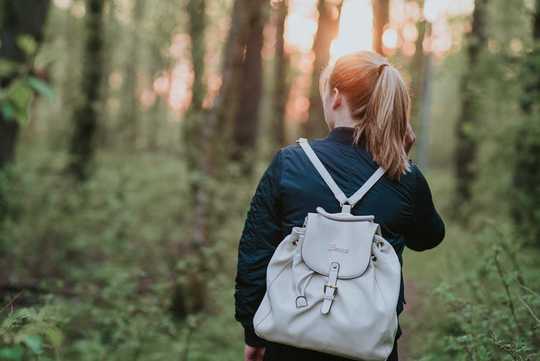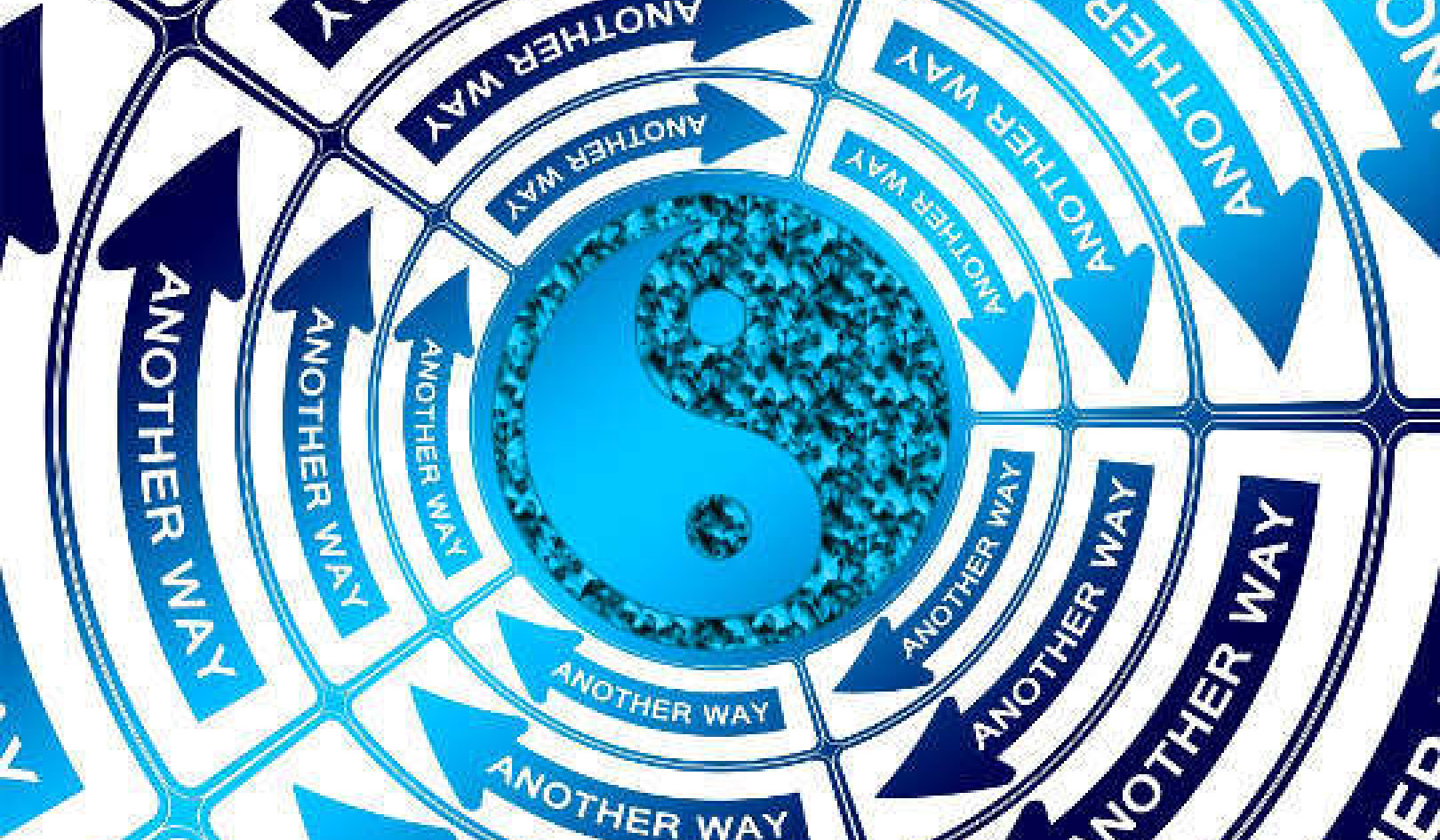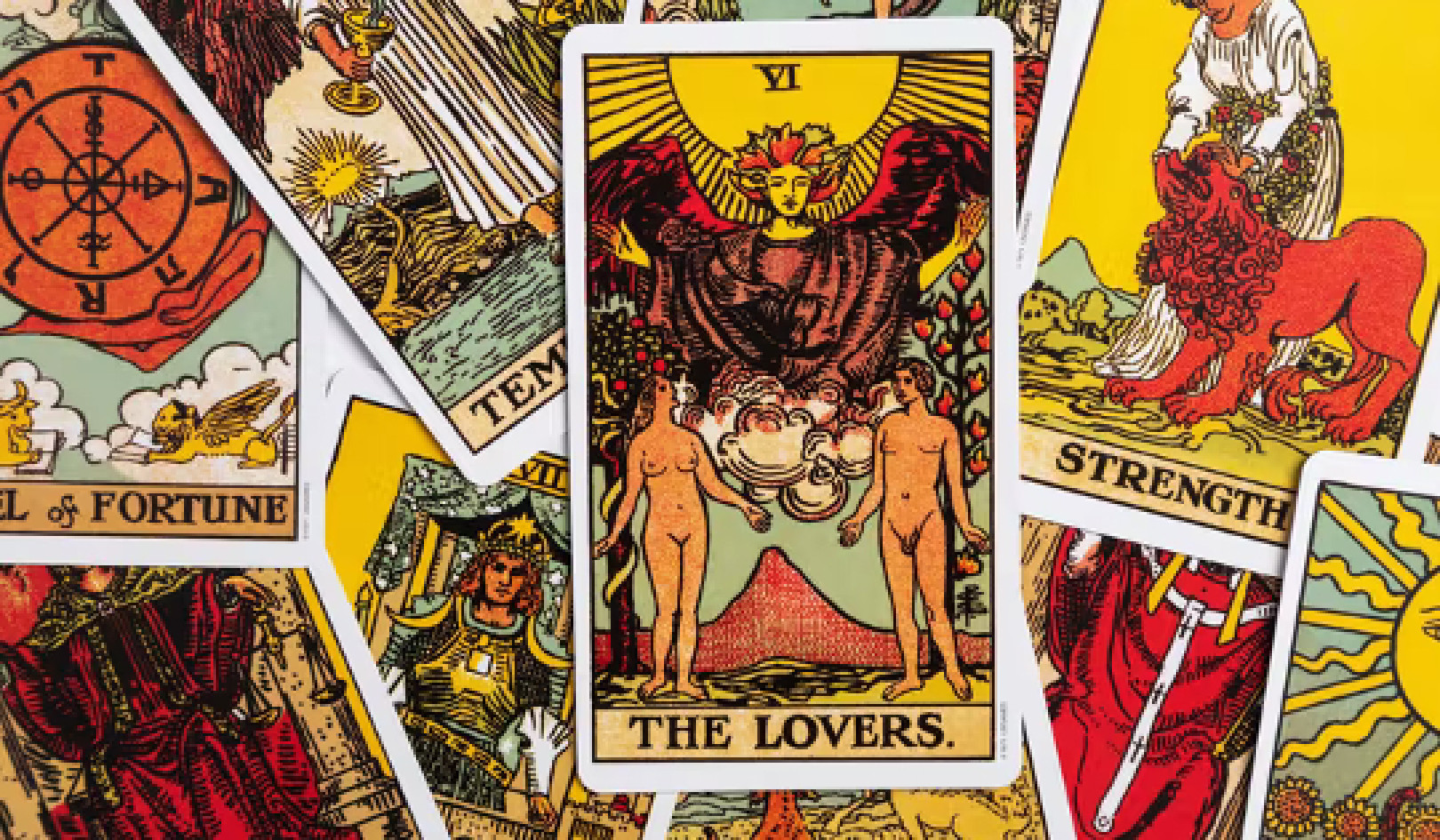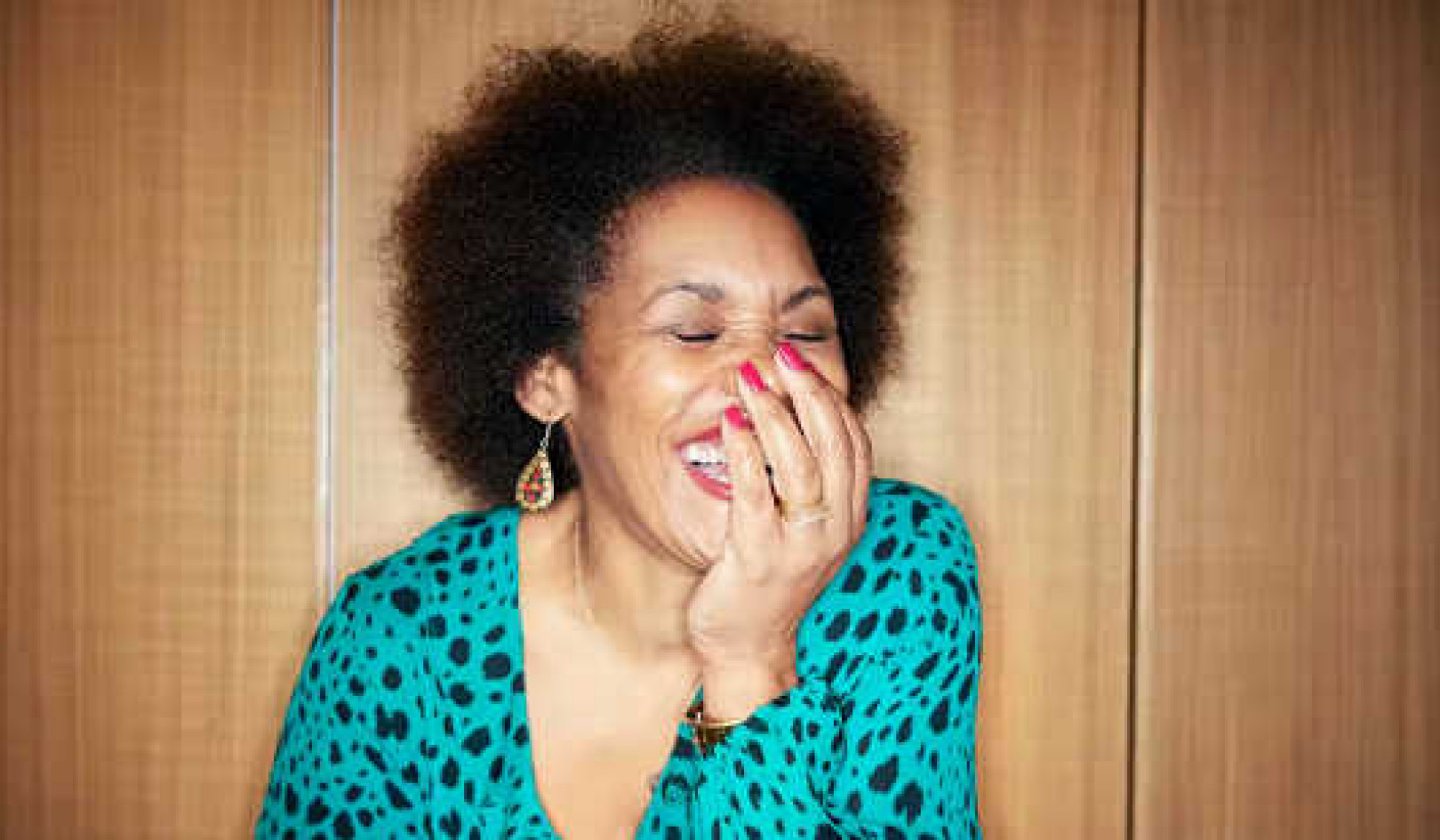
Products like backpacks, beer and Q-tips are marketed in a gender-specific way. (Jason Blackeye/Unsplash)
As women started counting steps and walking to work wearing running shoes and fitness trackers, there was one work-related item that had to change: the briefcase. It’s not suited to walking fast and gets in the way of drinking coffee en route to the office. Enter the working women’s backpack. It’s a trend.
The Atlantic announced that this is the year professional women started wearing backpacks, even though some of us swear it’s been going on for a while. The sale of women’s backpacks is up by more than 20 per cent in the past year, but the sale of men’s backpacks has flat-lined.
The Atlantic headlined their story “The Rise of the Lady Backpack.” Of course they did, because women can’t just use backpacks. We have to use “lady backpacks.”
What’s with the gendering? “Gendering” occurs when we ascribe stereotypical ideas of gender to an object or activity. Cupcakes, salads and white wine are feminine. Beer and steaks are masculine. But it’s not just food. It’s everywhere.
There are lists of needlessly gendered products ranging from girly pink pens to manly blue Q-tips. Such products reinforce the idea that gender is significant in areas where it’s not, they reinforce the gender binary, and they leave out people who don’t fit in either the male or the female category.

‘Lady backpacks’ may be built for a smaller frame — but does that mean they are only for ladies? (Joonas Sild/Unsplash), CC BY
A friend explained that lady backpacks are built for the female frame. They’re smaller. “But what about small men?” I asked. Well, replied the friend, they can buy a lady backpack too.
But they’re not ladies! They are small people. Wouldn’t it be easier if backpacks came in sizes to match differently sized people?
A girly bike
Another friend recently raised the issue of step-through bike frames. He wanted one because he’d had knee surgery and couldn’t swing his leg up over a traditional cross bar. The bike shop told him he wanted a women’s bike. He said, no, that he wanted a step-through frame. How hard is this to understand?
When I was a kid the difference between a boy’s bike and a girl’s bike was the top tube. The one on a girl’s bike slanted down to allow modest access to the bike and ease of riding in skirts. This isn’t the issue with adult bikes. When it comes to road bikes they look pretty much the same.
I ride a regular unisex frame road bike, not a women-specific frame. Lots of women ride regular bikes, and the geometry of women’s bikes is a great fit for some men.
 |
|
A woman rides a step-through bike. (Lucian Alexe/Unsplash), CC BY-SA
Ditto bike shoes. Men’s shoes are wider. But some men have narrow feet so they wear women’s shoes. Some women wear men’s shoes and other than colour choices, there is no other difference.
Can’t we just call the backpacks big and small? Can’t we just call the shoes wide and narrow?
Can’t we just call the bike frames long torso and short torso?
When difference is handled well
In the sailing world, when people race lasers, they come in two rig sizes, a full-size standard rig and a radial rig. The Laser Radial is a variant of the Laser Standard, with shorter mast and reduced sail area, allowing light sailors to sail in heavy winds.
Radial rigs are raced by lighter people with less weight and body strength but no one calls them “lady boats.” They’re raced by young people of all genders, older adults, and small- to medium-sized women.
There are two models of inclusion at work here.
In the bad old days, everything was sized for men. Bikes were really men’s bikes. Backpacks were really man-sized backpacks. Gender wasn’t explicitly taken into account but the male body was the default and the norm. Sometimes this has deadly results, like when crash-test dummies are man-sized.
But there are different approaches to fixing the problem. One is to add the category “woman” and make a new set of assumptions about the size and shape of female consumers. Manufacturers create idealized men’s and women’s versions of products based on typical men’s and women’s bodies. But this version of inclusion runs into its own problems. Guess what? Not all women are five foot five and weigh 150 pounds. Also, not everyone identifies as either male or female.
I’ve said it before: a women-specific anything is likely just a bad idea. Humans come in lots of different shapes and sizes. A second, better approach includes a range of shapes and sizes and lets individuals choose.
Leave gender out of it, thanks.
About the Author
Samantha Brennan, Professor and Dean | College of Arts, University of Guelph
This article is republished from The Conversation under a Creative Commons license. Read the original article.

Books Improving Attitude and Behavior from Amazon's Best Sellers list
"Atomic Habits: An Easy & Proven Way to Build Good Habits & Break Bad Ones"
by James Clear
In this book, James Clear presents a comprehensive guide to building good habits and breaking bad ones. The book includes practical advice and strategies for creating lasting behavior change, based on the latest research in psychology and neuroscience.
Click for more info or to order
"Unf*ck Your Brain: Using Science to Get Over Anxiety, Depression, Anger, Freak-Outs, and Triggers"
by Faith G. Harper, PhD, LPC-S, ACS, ACN
In this book, Dr. Faith Harper offers a guide to understanding and managing common emotional and behavioral issues, including anxiety, depression, and anger. The book includes information on the science behind these issues, as well as practical advice and exercises for coping and healing.
Click for more info or to order
"The Power of Habit: Why We Do What We Do in Life and Business"
by Charles Duhigg
In this book, Charles Duhigg explores the science of habit formation and how habits impact our lives, both personally and professionally. The book includes stories of individuals and organizations who have successfully changed their habits, as well as practical advice for creating lasting behavior change.
Click for more info or to order
"Tiny Habits: The Small Changes That Change Everything"
by BJ Fogg
In this book, BJ Fogg presents a guide to creating lasting behavior change through small, incremental habits. The book includes practical advice and strategies for identifying and implementing tiny habits that can lead to big changes over time.
Click for more info or to order
"The 5 AM Club: Own Your Morning, Elevate Your Life"
by Robin Sharma
In this book, Robin Sharma presents a guide to maximizing your productivity and potential by starting your day early. The book includes practical advice and strategies for creating a morning routine that supports your goals and values, as well as inspiring stories of individuals who have transformed their lives through early rising.























